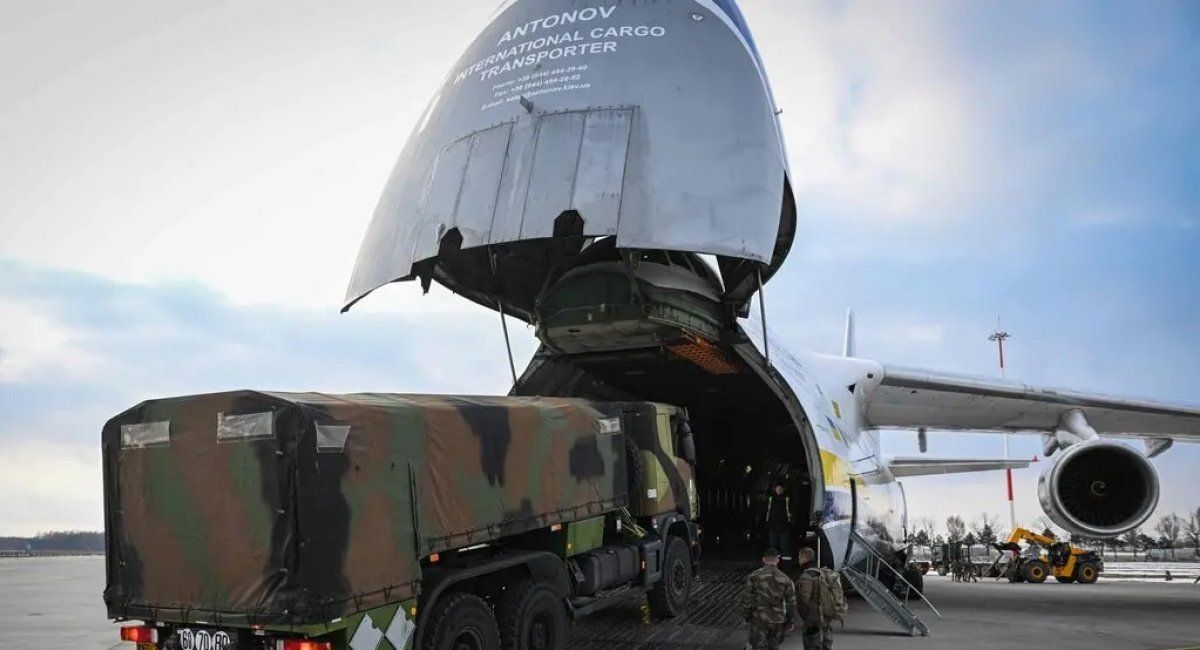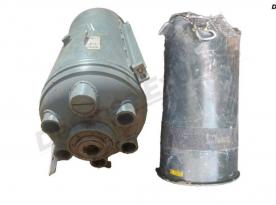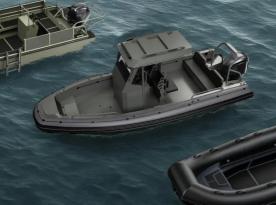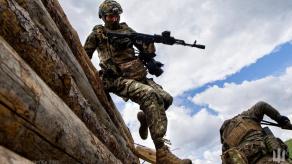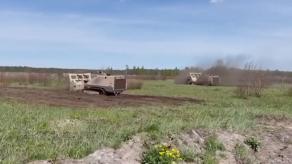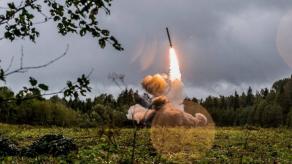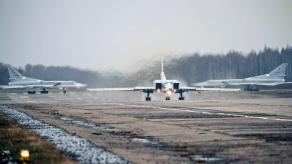The following is stated by David E. Sanger, Eric Schmitt, Helene Cooper, Julian E. Barnes and Kenneth P. Vogel for the New York Times.
More than 17,000 antitank weapons have been shipped to Ukraine by the United States and NATO in less than a week, including Javelin missiles, over the borders of Poland and Romania, unloading them from giant military cargo planes so they can make the trip by land to Kyiv, the Ukrainian capital, and other major cities.
Read more: By Attacking Ukraine, Russia has Given an Ultimatum to the World
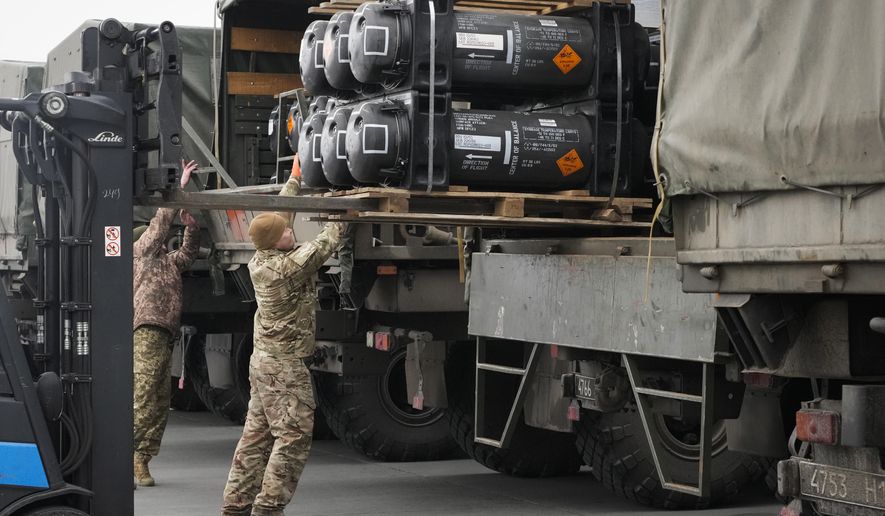
Apart from such visible contributions there are so-called “cybermission teams”, hidden away on bases around Eastern Europe, the forces from United States Cyber Command, which are in place to interfere with Russia’s digital attacks and communications.
In Washington and Germany, intelligence officials share satellite photographs of Russian military units and their locationwith Ukrainian military units within an hour or two.
Mr. Zelensky is grateful for the help so far, but repeated the criticism that he has made in public — that the aid was wildly insufficient to the task ahead. He asked for a no-fly zone over Ukraine, a shutdown of all Russian energy exports and a fresh supply of fighter jets.
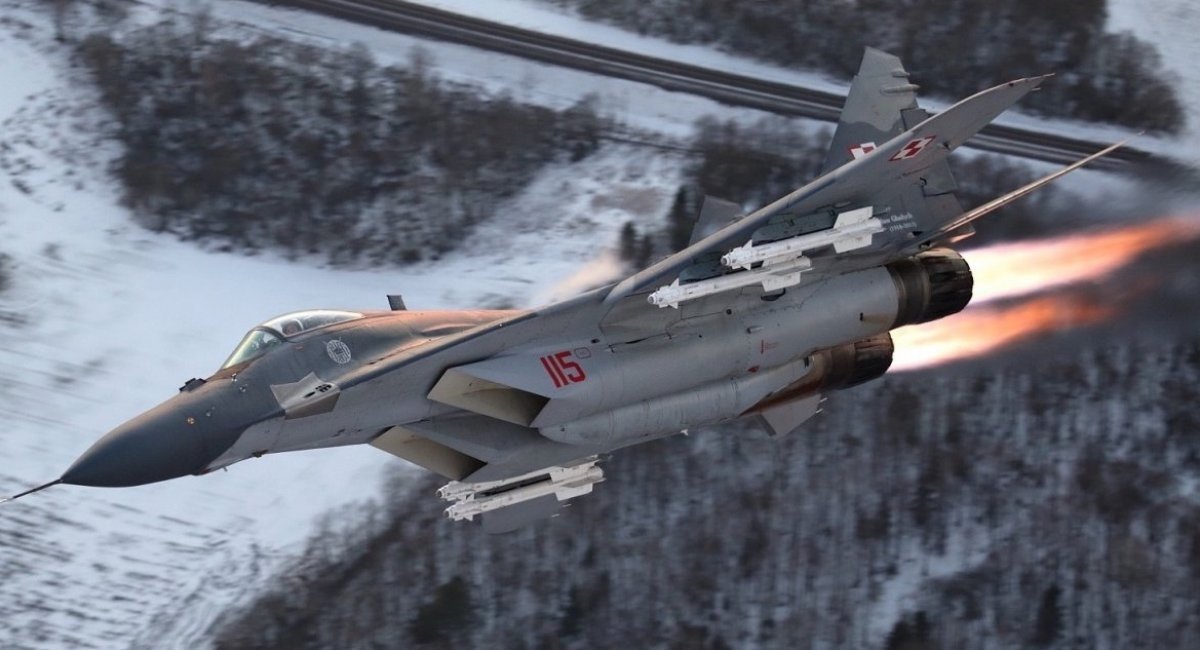
It is a delicate balance. The US National Security Council staff spent quite a lot of time trying to find a way for Poland to transfer to Ukraine a fleet of Soviet-made MIG-29 fighter jets that Ukrainian pilots are familiar with. But the deal is contingent on giving Poland, in return, far more capable, American-made F-16s, an operation made more complicated by the fact that many of those fighters are promised to Taiwan — where the United States has greater strategic interests.
Polish leaders have said there is no deal, and are clearly concerned about how they would provide the fighters to Ukraine and whether doing so would make them a new target of the Russians. The United States says it is open to the idea of the plane swap.
Mr. Putin warned on Saturday that any country's attempt to impose a no-fly zone over Ukraine would be “participating in the armed conflict”. On Sunday the Russian ministry of defense issued a statement warning NATO countries like Romania against allowing their bases to be used as a safe haven for the remaining planes in the Ukrainian air force. If they do so, it said, any “subsequent use against the Russian armed forces can be regarded as the involvement of these states in an armed conflict.”
A Flow of Arms Becomes a Torrent
To understand how the speed of supplying armor has changed, consider this: A $60 million arms package to Ukraine that the U.S. announced last August was not completed until November, the Pentagon said.
But when the president approved $350 million in military aid on February 26, about 70 percent of it was delivered in five days. The speed was considered essential, officials said, because the equipment — including anti-tank weapons — had to make it through western Ukraine before Russian air and ground forces started attacking the shipments. As Russia takes more territory inside the country, it is expected to become more and more difficult to distribute weapons to Ukrainian troops.
Within 48 hours of Mr. Biden approving the transfer of weapons from U.S. military stockpiles on Feb. 26, the first shipments, largely from Germany, were arriving at airfields near Ukraine’s border, officials said.
Still, the resupply effort faces stiff logistical and operational challenges.
U.S. officials say Ukrainian leaders have told them that American and other allied weaponry is making a difference on the battlefield. Ukrainian soldiers armed with shoulder-fired Javelin anti-tank missiles have several times in the past week attacked a mileslong convoy of Russian armor and supply trucks, helping stall the Russian ground advance as it bears down on Kyiv, Pentagon officials said. Some of the vehicles are abandoned, officials said, because Russian troops fear sitting in the convoy when fuel-supply tanks are being targeted by the Ukrainians, setting off fireballs.
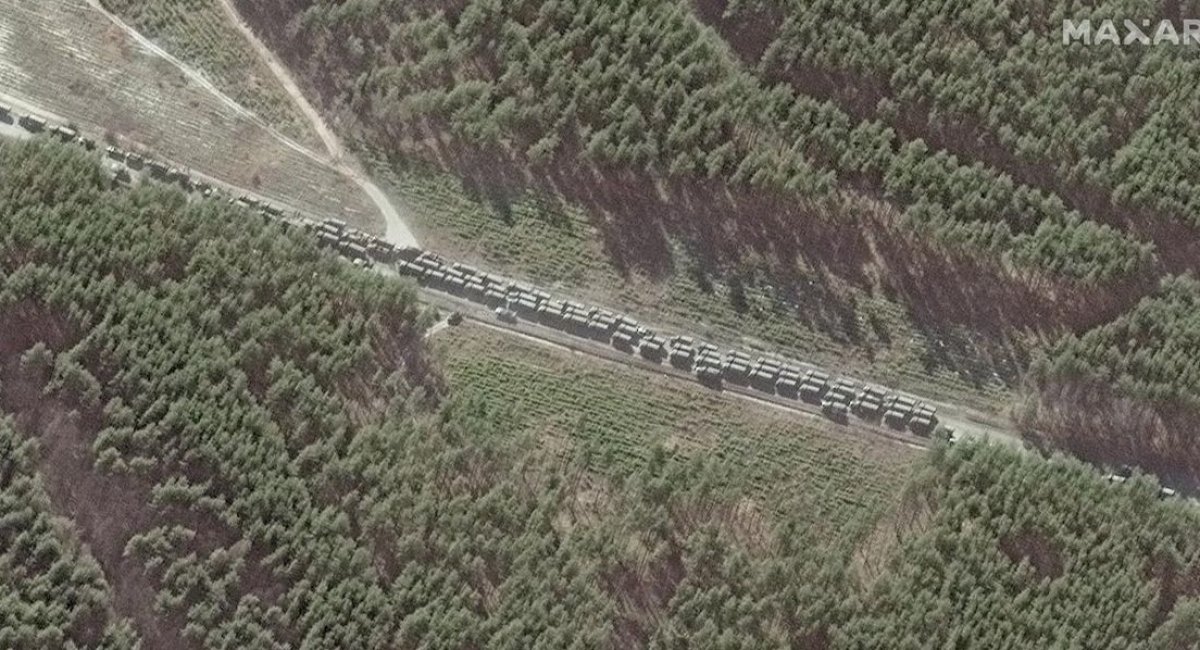
The convoy has also come under attack several times at different places along the column from another weapon - Turkey-produced Bayraktar TB2 drones, which the Ukrainian military used for the first time in combat against Russian-backed separatists in eastern Ukraine last October, are now hunting Russian tanks and other vehicles.
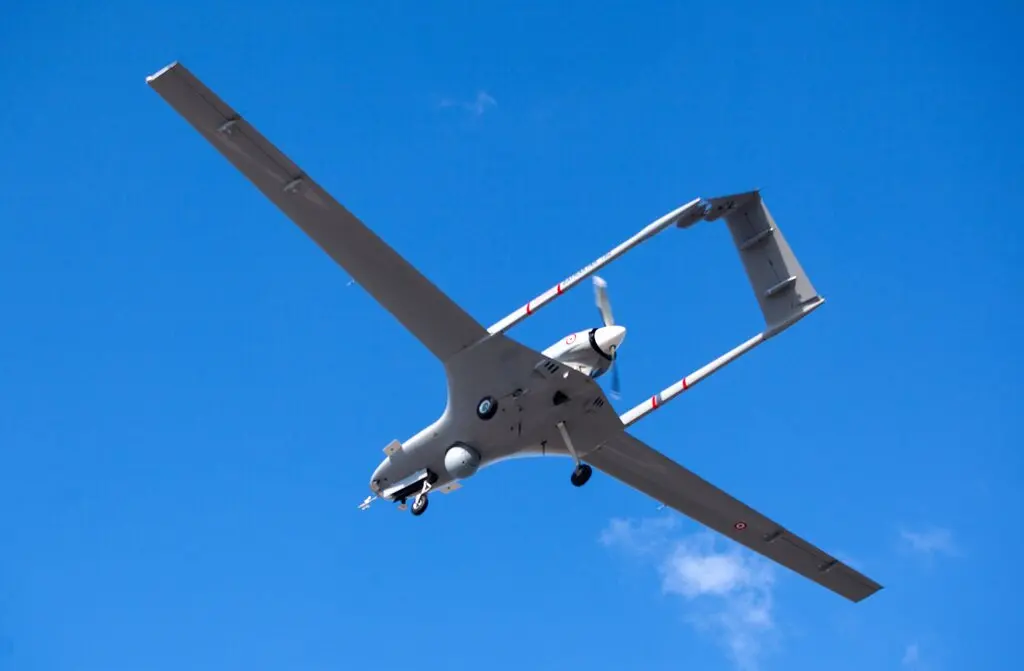
The Bird of Victory: Bayraktar TB2 Kill List
But the U.S. intelligence is not unlimited. Mr. Biden’s ground rules forbid flying surveillance aircraft over Ukraine, so they have to peer in over the border, much as surveillance is often conducted over North Korea. There is reliance on new, small satellites — providing images similar to those that commercial firms like Maxar and Planet Labs are providing.
A War in Cyberspace That Has Barely Begun
One of the odd features of the conflict so far is that it runs the gamut of old and modern warfare. The trenches dug by Ukrainian soldiers in the south and east look like scenes from 1914. The Russian tanks rolling through the cities evoke Budapest in 1956. But the battle of the present day that most strategists expected to mark the opening days of the war — over computer networks and the power grids and communications systems they control — has barely begun.
American officials say that is partly because of extensive work done to harden Ukraine’s networks after Russian attacks on its electric grid in 2015 and 2016. But experts say that cannot explain it all.
Government officials understandably don't say much, saying the cyberoperations underway, which have been moved in recent days from an operations center in Kyiv to one outside the country, are some of the most classified elements of the conflict. But it is clear that the cybermission teams have tracked some familiar targets, including the activities of the G.R.U., Russia’s military intelligence operations, to try to neutralize their activity. Microsoft has helped, turning out patches in hours to kill off malware it detects in unclassified systems.
All of this is new territory when it comes to the question of whether the United States is a “co-combatant.” But as experts acknowledge, when a Russian system goes down, the Russian units don’t know whether it is temporary or permanent, or even whether the United States is responsible.
Similarly, sharing intelligence is unsafe, because American officials are convinced that Ukraine’s military and intelligence agencies are full of Russian spies, so they are careful not to distribute raw intelligence that would reveal sources. And they say they are not passing on specific intelligence that would tell Ukrainian forces how to go after specific targets. The concern is that doing so would give Russia an excuse to say it is fighting the United States or NATO, not Ukraine.
The Lobbyists Fight, Too
Ukraine has been receiving lobbying, public relations and legal assistance for free — and it is paying off. Mr. Zelensky held a Zoom call with members of Congress on Saturday, pushing for tougher sanctions on Russia and asking for specific types of arms and other support.
Mr. Vajdich said he hoped his clients would redirect any funds they would have paid his firm to military defenses and humanitarian aid for Ukrainians forced from their homes by the fighting, drawing a comparison to early Nazi military aggression.
“Knowing what we know today, if we were living and operating in 1937 to ’39, would we have asked the Czechoslovaks for compensation to lobby against Neville Chamberlain and his policies?” he asked, referring to the British prime minister who ceded part of Czechoslovakia to Nazi Germany in the Munich Agreement of 1938.
“No,” he said, “certainly not.”
Read more: US Agrees with Cyprus on BMP-3, T-80 and SAM "Buk" for Ukraine – Media




